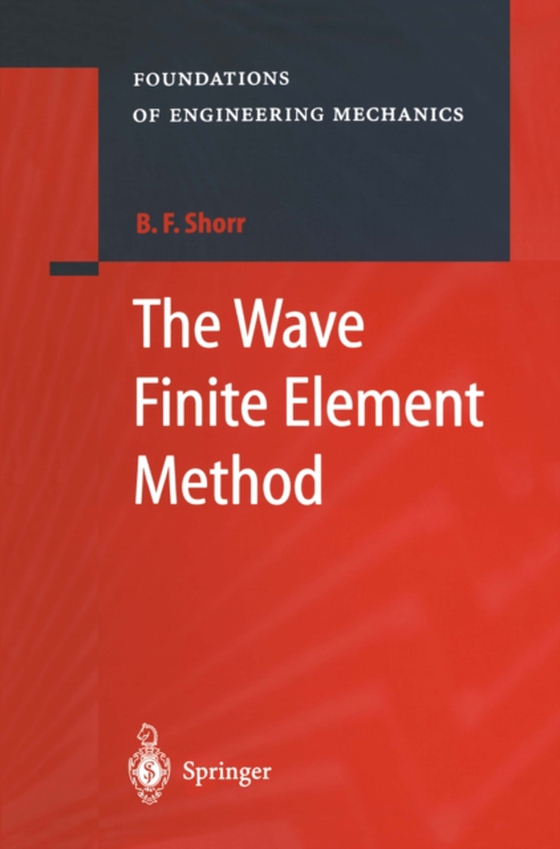
Wave Finite Element Method e-bog
1167,65 DKK
(inkl. moms 1459,56 DKK)
Computational mechanics, as a science employed for the numerical model- ing of processes in nature and engineering, has over the last few decades developed two strands. The first concerns the putting of more and more powerful software packages into computational practice, using increas- ingly high-performance computers with increasingly large memory. The traditional finite element and finite di...
E-bog
1167,65 DKK
Forlag
Springer
Udgivet
6 december 2012
Genrer
Applied mathematics
Sprog
English
Format
pdf
Beskyttelse
LCP
ISBN
9783540445791
Computational mechanics, as a science employed for the numerical model- ing of processes in nature and engineering, has over the last few decades developed two strands. The first concerns the putting of more and more powerful software packages into computational practice, using increas- ingly high-performance computers with increasingly large memory. The traditional finite element and finite difference approaches are still preva- lent. Over the years however, researchers have met with new problems; their solutions on the basis of traditional methods are at best difficult and at worst impossible to obtain. Such problems provided a powerful impetus in the development of the second strand, resulting in the development of es- sentially new approaches for numerical modeling, for example meshless methods, "e;molecular"e; dynamics, neuron networks. The current state of the art formed the basis of many papers presented at the Fifth World Congress on Computational Mechanics, Vienna 2002. It is within the framework of the second strand that this book has been written.
 Dansk
Dansk

